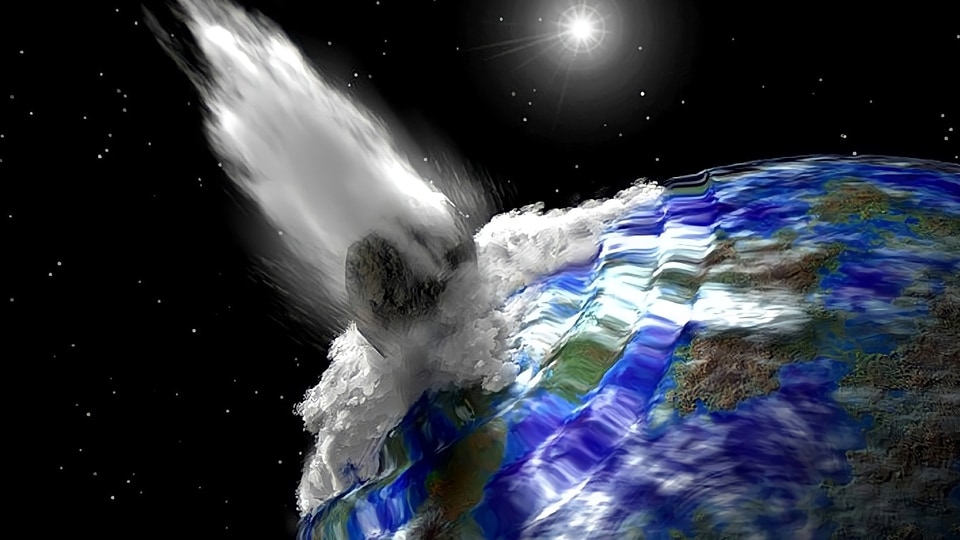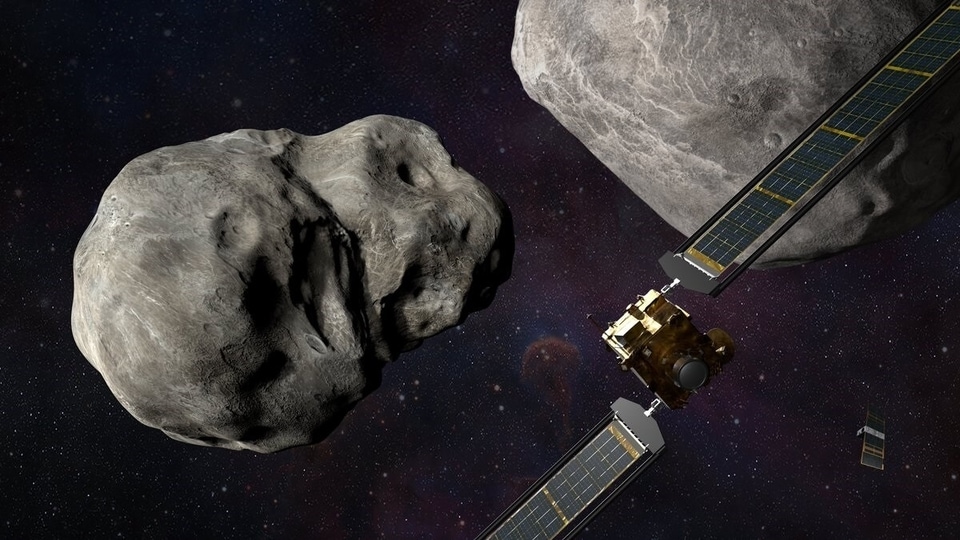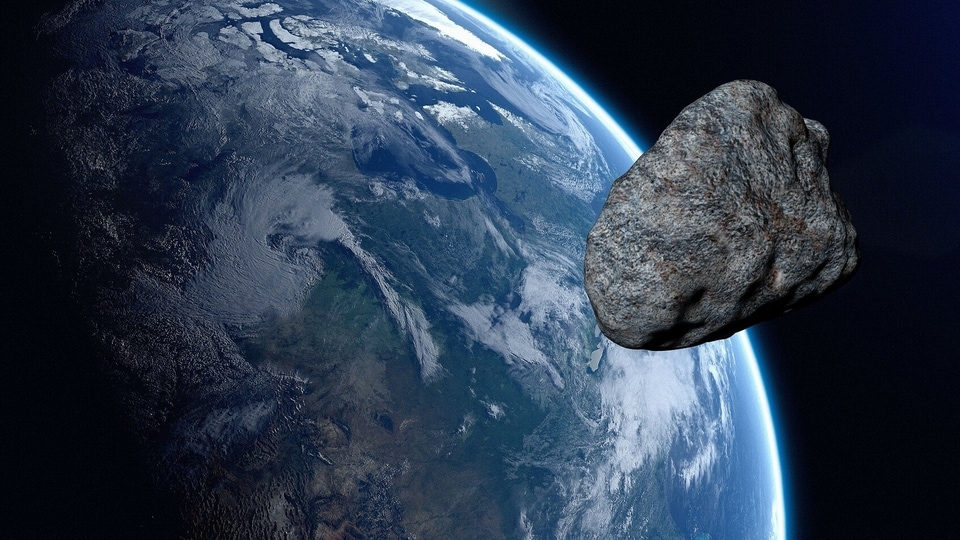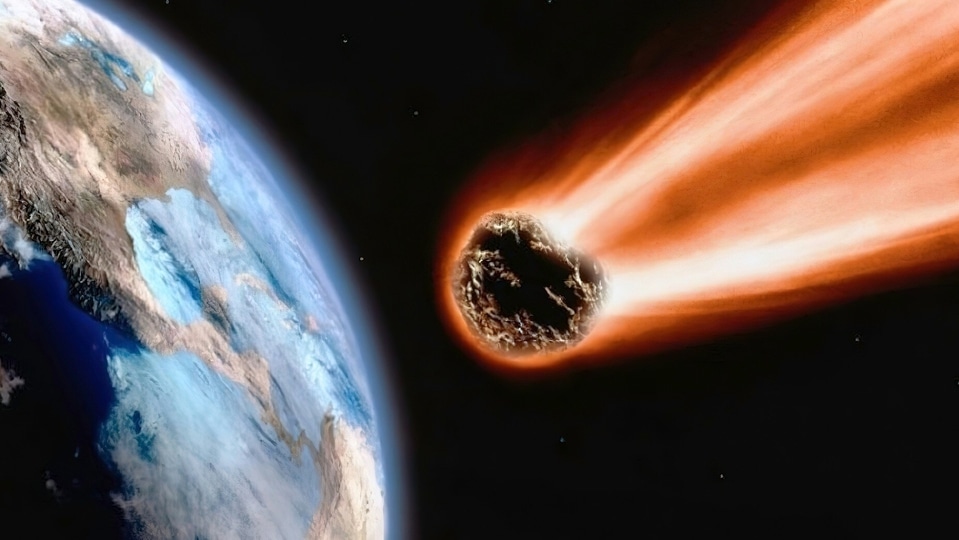250-foot Asteroid HT4 hurtling towards Earth; Gigantic rock speeding at 32166 kmph
A 250-foot asteroid is set to make a close approach to Earth at a speed of 38102 km per hour. Here’s what NASA said.






 View all Images
View all ImagesAsteroids, also known as minor planets, are remnants from the early stages of our solar system's formation approximately 4.6 billion years ago. These rocky and airless objects vary in size, with the largest asteroid being Vesta, measuring about 329 miles (530 kilometers) in diameter. On the other end of the scale, some asteroids are as small as 33 feet (10 meters) across. When considering the collective mass of all asteroids, it is still less than that of Earth's Moon, NASA has revealed.
However, irrelevant of the size, these asteroids can deviate from their orbit and strike planets in the solar system, including Earth. And this can be extremely devastating considering the extinction of the dinosaurs 65 million years ago due to an asteroid strike.
Now, NASA's Jet Propulsion Laboratory has issued an alert regarding a colossal asteroid on a trajectory toward Earth, expected to come dangerously close. Referred to as 2023 HT4, this asteroid measures 250-foot in size. According to NASA, it will pass in very close proximity to Earth tomorrow, May 12. Whenever a Near-Earth Object (NEO) approaches within 4.6 million miles or 7.5 million kilometers of our planet, NASA's Planetary Defense Coordination Office promptly releases a warning. The potential threat posed by the 250-foot-wide asteroid 2023 HT4 remains uncertain, pending further evaluation by NASA.
250-foot wide asteroid danger
According to NASA's asteroid data tracker, Asteroid 2023 HT4 is scheduled to pass by Earth tomorrow, May 12, at a close distance of only 3.77 million miles, travelling at a blazing speed of 32166 kmph.
The asteroid, which belongs to the Apollo group, was only recently discovered on April 9, 2023, and The-Sky.org reports that it completes one orbit around the Sun every 981 days.
Is there a danger from asteroid 2023 HT4? Thankfully, due to its size, NASA and space agencies haven't flagged it as a potentially hazardous asteroid. However, to avoid any mishap, NASA always keeps a keen eye on these upcoming asteroids.
Tech behind asteroid data
NASA's Center for Near Earth Object Studies (CNEOS) has the crucial responsibility of monitoring all identified near-Earth objects in order to evaluate the potential risk of their impact. While there are presently no objects posing an immediate threat to our planet, scientists are diligently surveying the celestial expanse for unidentified asteroids. NASA remains actively engaged in researching and devising strategies to avert or mitigate the impact of a potential collision, should one be detected.
To identify potential hazards, NASA has instituted the NEO Observations Program, which is dedicated to the detection, tracking, and characterization of near-Earth objects, particularly those that could jeopardize Earth's safety. Currently, ground-based telescopes and NASA's NEOWISE spacecraft are employed in the ongoing endeavor to locate and study these NEOs.
Catch all the Latest Tech News, Mobile News, Laptop News, Gaming news, Wearables News , How To News, also keep up with us on Whatsapp channel,Twitter, Facebook, Google News, and Instagram. For our latest videos, subscribe to our YouTube channel.
































